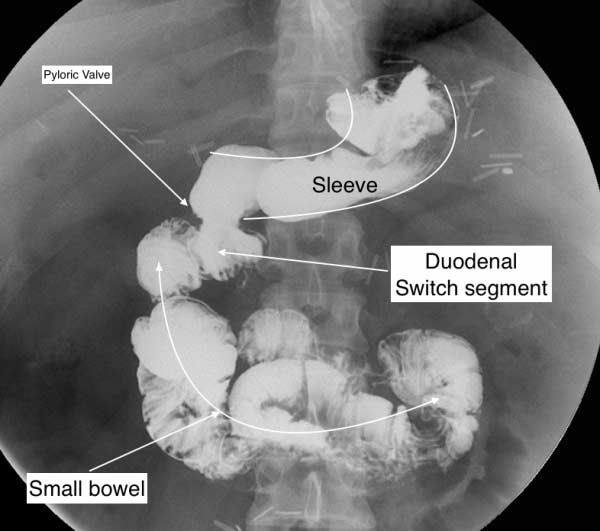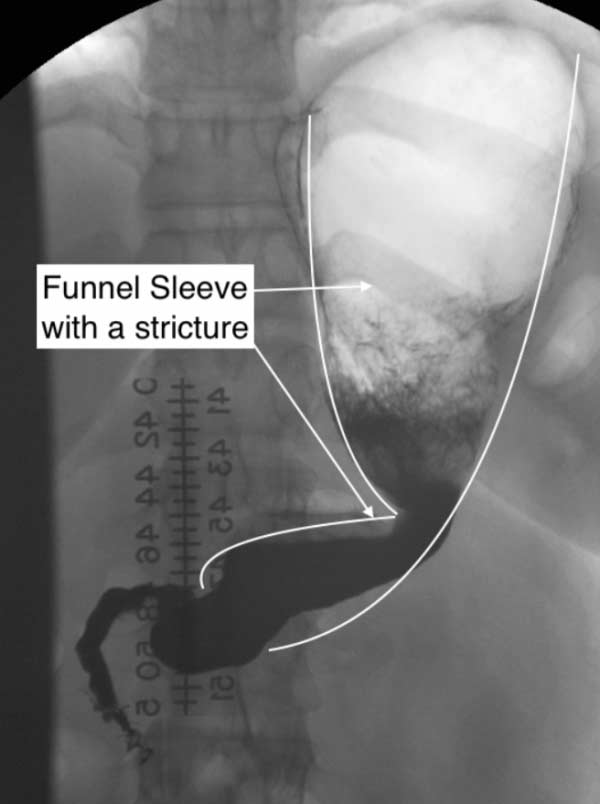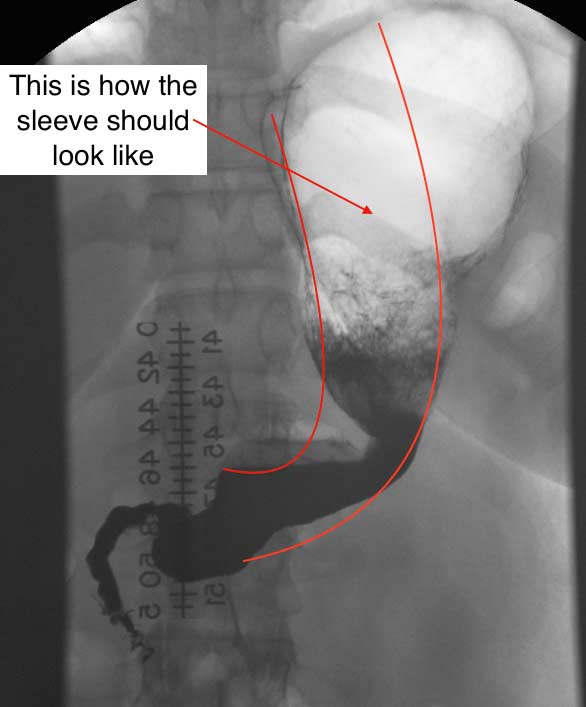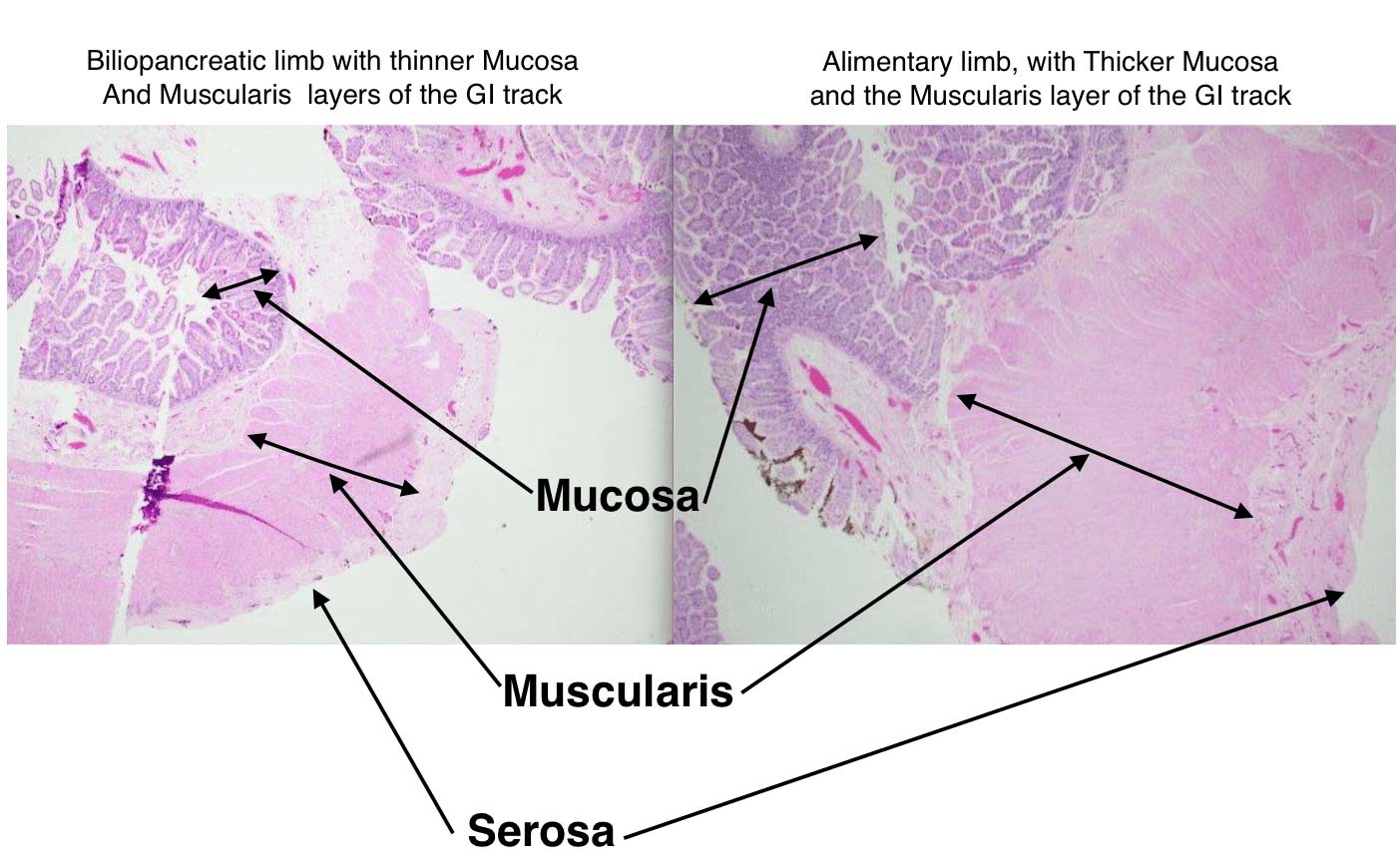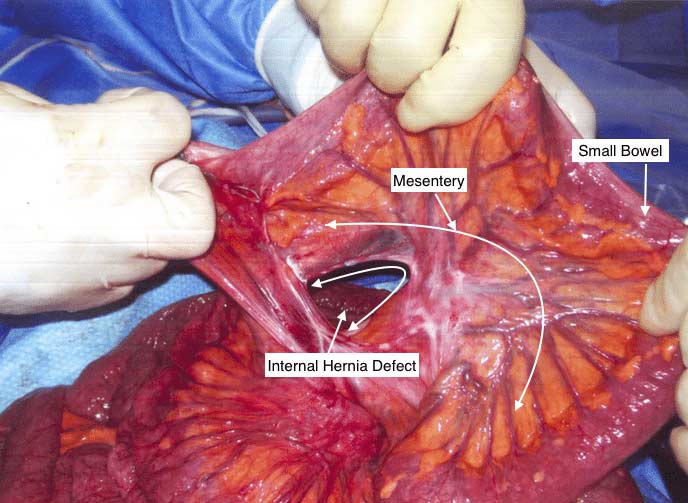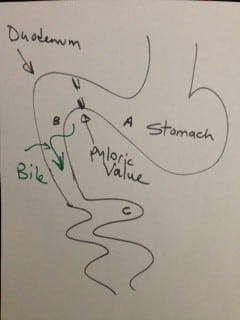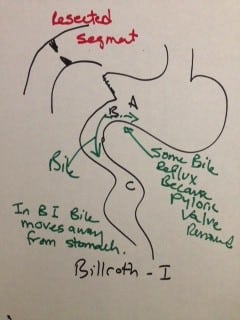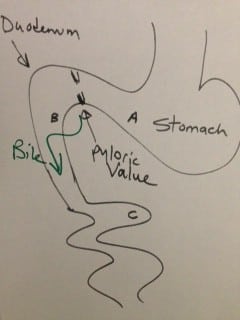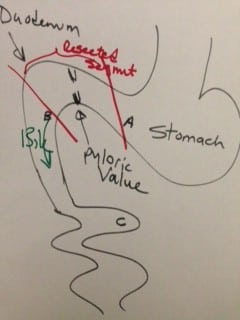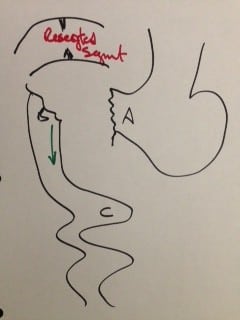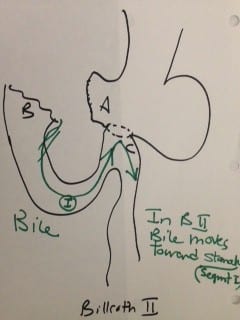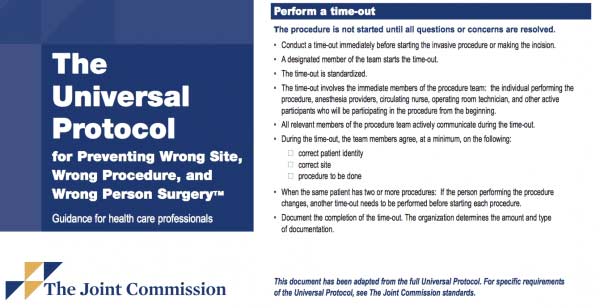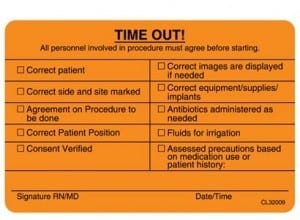Tag: Weight loss surgery
Shared Success: Kurtis R.
September 08, 2015 5:27 am
For most of my life I had always been on the heavier side of the scale. Since I was a kid I’ve been extremely active with sports and other activities that required me to be running around, but my diet wasn’t on the right track. Even with all the working out or running I did, my diet is what led me to having the body I didn’t want anymore.
I didn’t have the same troubles a lot of bigger or heavier kids had. I wasn’t picked on or depressed. I was liked by just about everyone and had a large group of friends. That part of my life has never changed. What did change was the way I looked at myself in the mirror. I never had confidence in myself when it came to most aspects of life. Sports, I had all the confidence in the world. Nobody could strike me out, or get passed me with a football. The day it really changed for me was about 3 years ago. I was sitting on my bed, about to go to the store and realized I couldn’t bend down far enough to put my socks on without sucking in, holding my breath and leaning my legs out to the side. I got on the scale and realized I had hit 410LBS. 410LBS with a BMI around 50% at 22 years old. A weight I had never thought about, but also a weight I never thought I would be. I was lazy and didn’t care about what I ate. I worked from 7-4 and then played video games until it was time to go to sleep. No exercise and a terrible diet only lead to one result, and that’s a very unhealthy body. I brought this all up to my mom (who had gastric bypass ~15 years ago) and she said if I wanted, we could look into the weight loss surgery options.
She did the work in the beginning, finding out where we needed to go and when I decided I wanted to do this, she was there with me at the group meeting where we first met Dr. Keshishian. I knew from the second I saw his bow tie that he would be a pleasure be around. He brought out pictures and described the differences, pros and cons of each different surgery, I knew Dr. Keshishian was the doctor I wanted. Originally I wanted to just have the Gastric Band, but after hearing Dr. Keshishian go through every option, I ultimately decided to have the Sleeve Gastrectomy done. This was one of the best decisions of my life.
I had the surgery done in March of 2013 (~2.5 years ago) with a starting weight of 410 LBS. Now, 2.5 years later I weigh 250LBS and have lowered my BMI to about 20%, a number that I’m focusing on now. I didn’t have the surgery to become a skinny man. I like being a bigger guy. I just want to be healthy and get my BMI to about 12-15%. With the help and motivation from my parents, friends, family and beautiful girlfriend Kori, there are no doubts in my mind that I’ll be able to reach my end goal and continue on this path of health and exercise for the rest of my life.
Revision of a Sleeve Gastrectomy or RNY
August 31, 2015 6:32 am
These are examples of two types of patients referred to us for revision surgery.
The first example is a gastric bypass that we revise to the duodenal switch operation. The upper GI series after the revision, shows a “banana shaped” stomach, the pyloric valve and the duodo-ilesotomy anatomosis component of the duodenal switch.
The second example, images noted below, is that of a sleeve revised to the duodenal switch – both operations done at different institution. Note how the stomach is not a “banana shaped” and more like a funnel with a narrowing at the bottom of the stomach- a stricture.
Shared Success: Kriston & Shirden
August 27, 2015 5:27 am
My wife, Kriston, and I have struggled with our weights for most of our lives. Over the years we have tried dieting, exercise, medications, and so on….with no luck. A few years ago she started to bring up the idea of weight loss surgery as a possibility. This was an idea that I was dead set against partly for fear of having major surgery and partly because it felt like cheating to me. In my mind, I believed that I should have been able to lose the weight if I really wanted to do so. Kriston continued to bring up the subject. She talked about friends who had had the surgery and how well they were doing with their weight loss. I still resisted the idea until she made the argument that if we didn’t do something about our weight then we might not live to see our daughter grow up and have children of her own someday. That was when I realized that I had to investigate the surgery and what it entailed.
We made an appointment to meet with Dr. Keshishian for an orientation and listened to him as he talked about the problems many people have with weight loss, obesity, genetics, metabolism, what surgeries were available, and the pros and cons of each of them. After meeting him and learning about the surgeries and obesity, I felt very confident that this was the man that could help us with our weight loss struggles. We decided to go with the Duodenal Switch and I scheduled my surgery for June of 2013 and Kriston scheduled hers for November of that same year. We felt this would allow me time to heal and then I would be able to help Kriston after her surgery. I won’t go in to all the details of the surgeries except to say that they both went very well. My recovery was a bit rocky, my wife will say that I was a big baby, but I did recover. I will admit that she was a much better patient than I. Fast forward two years and we are both doing very well. I have lost 180 lbs and Kriston has lost a little over 100 lbs. We look and feel great and we enjoy a much happier and active life style, we even went ocean kayaking last week which is something I could have never done at 370 lbs. This surgery has changed our lives and we could not be happier. We will be forever grateful to Dr. Keshishian, and his incredible staff, for all that they have done to help us become the healthy and happy people we are today.
Hypertrophy of Small Bowel and Weight Gain Years After Duodenal Switch
August 21, 2015 7:53 pm
Duodenal switch (DS) operation results in the highest success rate of all weight loss surgical procedures. Patients, over time, will experience some weight gain many years after DS procedure. There are a number of suspected mechanisms that may be responsible for the weight gain:
1-Ageing may slow the metabolism and the activity down.
2-Over time patients may not be as adherent to healthy dietary and lifestyle changes as they may have been immediately after surgery.
3- Hypertrophy of the alimentary and common channels over time increases in surface area f allowing greater caloric absorption leading to increased weight gain.
It has been demonstrated in bowel resection studies, as well as rat studies, that the nutrient stimulated regions of small intestine increase villus height and total weight, crypt depth and proliferation as well as wall thickness, as an adaptation to compensate for the loss of absorptive capacity in the resected bowel. This observation may be applied to DS procedure as seen in histological slides from a patient who had to have an operation done requiring bowel resection. The segment of the bowel resected included the junction of the biliopancreatic, common and alimentary limbs.
Internal Hernia And Bowel Obstruction
August 21, 2015 7:49 pm
Whenever there is a bowel resection with anastomosis made there will be a defect in the mesentery (the tissue that holds the blood supply and the nerves etc going to and from the bowel) that needs to be closed. In this particular case, the stitches that were used to close the defect were intact and yet the tissue had separated from it. The result is an internal hernia. This can cause bowel obstruction, where by a loop of the bowel can go through the defect and kink the bowel causing the blockage. In some cases, the internal hernia may reduce itself with intermittent symptoms of the bowel obstruction and in other cases it may require immediate emergent surgery. A CAT scan with oral and IV contrast is needed after Duodenal Switch to visualize the alimentary and bioliopancreatic limbs.
Symptoms may include but are not limited to:
- nausea
- vomiting
- abdominal bloating
- abdominal tenderness
- cramping abdominal pain
- diarrhea, constipation
- feeling of inability to completely empty bowels
- fever
- severe abdominal pain.
Surgical Treatment of Gastric Fistula
August 05, 2015 7:45 pm
Billroth I & II, SIPS, SADI, Loop
July 27, 2015 1:30 pm
In 1881, Dr. Theodore Billroth performed the first successful gastrectomy for pyloric tumor. He removed the distal part of the stomach and tumor of the pyloric region and reconnected the distal end of the transected stomach directly to the segment of the duodenum. This was later renamed as Billroth I procedure. In Billroth I the anastomosis allows the food pathway to stay in the same directional flow with the exception of pyloric valve having been removed. There is, however, increased incidence of bile reflux with the pyloric value removal.
There are incidences where the resected segment is so large that the proximal stomach and the distal duodenal can not be mobilized and brought close to each other to be able to create the Billroth-I anastomosis. Larger resection, where the Billroth I could not be completed Dr. Billroth in 1885 created a procedure call the Billroth II. The Billroth II was performed when the tumor was very large and the continuity of the GI track was created by a loop gastrojejunostomy. This procedure was named Billroth II.
In the Billroth II the bile flow from the small bowel flows toward the stomach, and this results in a much higher incidence of Bile reflux and its associated complication.
The lesson learned from Billroth I and Billroth II was that bile reflux can be a significant problem when creating the continuity of the proximal GI track with exclusion of the pyloric valve. In Bilroth II, there is the additional burden of the bile flowing toward the stomach unlike the Billroth I.
The SADI or SIPS, Loop procedures that are incorrectly promoted as “duodenal switch” employ a loop anastomosis, which results in a biliary flow toward the post pyloric duodenum significantly increasing the chance and the possible incidence of Bile reflux.
All these unknowns about the SIPS, SADI Loop are yet to be investigated.
Alcohol and Weight Loss Surgery Webinar May 20, 2015
July 27, 2015 7:27 am
Shared Success Story- Andrea R.
July 22, 2015 8:00 am
Since I was about 10 yrs old I have struggled with weight. I was always the chubby kid in class, and as I got older I was always the chubby friend. Being overweight didn’t affect me until I hit 220lbs at 15 years old, and as you know, kids can be mean and hurtful. At 18 years old I had my first child, during that time I dropped a little weight then ended up gaining it back and more. At the age of 19 I was sitting at 250lbs.
Fast forward 3yrs, I had my second child and once again, I lost weight just to gain back double what I lost. So now, at the age of 22 I was up to about 290lbs. Every day life became a struggle. I tried my best to stay active, but being overweight made me tired and made me feel like hiding. Over those years I tried everything from low carb diets, to diet pills, to b12 shots, and Weight Watchers; you name it, I tried it. Finally, I was fed up! I couldn’t take it anymore and I was ready to look into different options. I was 26 years old, 5ft 8inches tall, and a mother of 2 who just wanted to be active and healthy for my kids.
I decided that weight loss surgery was what I needed to do. At this point I was morbidly obese and at my highest of 326lbs. I met with Dr. Keshishian, and after going through the consultation we decided the duodenal switch would be the best option for me. On August 26th, 2013, I had my surgery weighing in at 306lbs. Dr. Keshishian is amazing! I didn’t have any complications. I was able to drink and eat small amounts normally.
Since having the surgery, just shy of the 2 year mark, I am now down to 178lbs. My life has changed so much since losing the weight! I honestly can’t describe how grateful I am that I was able to have the surgery withScreen Shot 2015-07-20 at 1.55.13 PM such an amazing Dr. and staff. Anytime I had a question or concern they were willing to hear me out and do whatever they could to assist me. Since losing the weight I am able to be the active mother I wanted to be for myself and my kids. Now I’m taking the steps needed to ensure my kids learn healthy eating habits and helping them understand how important exercise is.
Andrea R.
Informed Surgical Consent
July 18, 2015 9:39 pm
Surgical informed consent is the document that summarizes the discussion that has been carried out between the treating physician and the patient. It also outlines the expectations as well as the potential complications of the treatment being proposed.
An informed consent should mean that the patient is absolutely clear as to the procedure agreed upon and that is reflected on the consent. No abbreviations are allowed on the consent forms. Clearly, there are instances when a physician or surgeon providing service may have to deviate from the proposed plan and agreed upon procedure on the consent because of unexpected findings in the operating room.
Any patient undergoing surgery should be acutely aware of the terminology and the language used. With regards to weight loss surgical procedures, RNY and GB is not acceptable because they are both abbreviations.
Duodenal Switch is a distinct well described procedure with its unique identifiable code (43845 for open procedure) that is recognized by hospitals, insurance companies and the surgical societies.
Duodenal Switch operation is not SADI, SIPS nor a loop Duodenal switch. Any attempt to interchanges these terms or operations is inaccurate the say the least.
A surgical informed consent is signed by the patient ( or the guardian) and the treating physician. This document however is reviewed and confirmed by all those involved in the patient’s care delivered in the hospital. The consent is reviewed by the admission staff when taking the patient for surgery, preoperative nursing and administrative staff, operating room circulating nurse as well as the anesthesia staff. One step most patients may not be aware is initiated after the general anesthesia is induced. The operating room staff, anesthesia staff and the operating physician all go through a set of checklist known as “Time out”.
“Time out” involves confirming the patient’s identification as well as the proposed procedure as the patient had discussed with the staff and confirming the consent.
It is imperative that a patient have complete understanding of their surgical options available to them and critical that they have full knowledge of the type of surgical procedure that has been consented to and performed.



